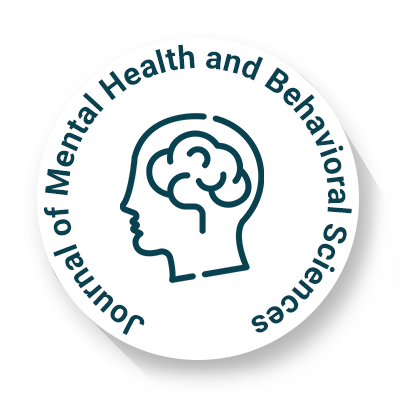
Journal of Mental Health and Behavioral Sciences
OPEN ACCESS

OPEN ACCESS
It is a progressive neurodegenerative disorder affecting movement due to the degeneration of dopamine-producing neurons in the substantia nigra. This leads to symptoms such as tremors, bradykinesia, rigidity, and postural instability. Non-motor symptoms include cognitive decline, depression, and autonomic dysfunction.
The exact causes of PD are unclear, but genetic and environmental factors contribute. Aging is a major risk factor, and a family history increases susceptibility. Environmental exposures, such as pesticides, may also play a role. The disease develops gradually, with early signs often being subtle.
Diagnosis is clinical, based on symptoms and physical examination. Neuroimaging techniques like MRI and PET scans help rule out other conditions. Genetic testing may be considered for suspected hereditary cases.
There is no cure for PD, but treatments focus on symptom management. Levodopa remains the most effective medication, often combined with dopamine agonists and MAO-B inhibitors. Deep brain stimulation (DBS) may be an option for advanced cases unresponsive to medication. Supportive therapies, including physical, speech, and occupational therapy, help maintain function.
The disease progresses at varying rates, and while PD is not directly fatal, it leads to significant disability over time. Ongoing research explores neuroprotective treatments, gene therapy, stem cell therapy, and the role of neuroinflammation, mitochondrial dysfunction, and alpha-synuclein aggregation in PD.
PD has a profound social and economic impact, affecting patients and caregivers. The disease poses emotional, psychological, and financial challenges, necessitating advocacy, awareness, and support networks. Various organizations provide resources and promote research for better treatment and potential cures.